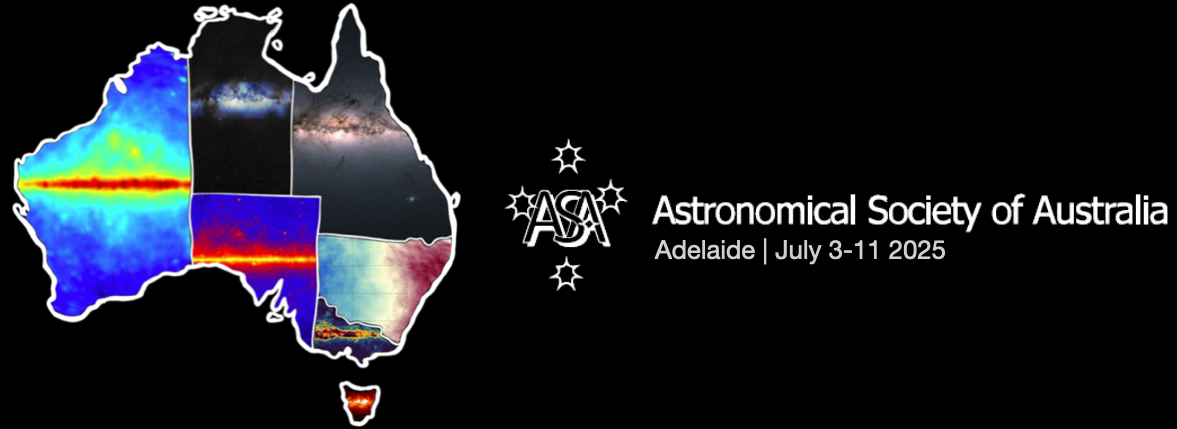Speaker
Description
The first billion years of cosmic history set the stage for the galaxies we observe today, yet key uncertainties remain in how the earliest stellar populations shaped galaxy evolution across time. A critical missing piece is the stellar initial mass function (IMF), which governs star formation and impacts derived galaxy properties — from stellar masses to chemical enrichments. While nearby massive galaxies show evidence for "bottom-heavy" IMFs, indicating an excess of low-mass stars, we do not yet know when or how this bottom-heavy IMF emerged. Pre-JWST, the low-mass end of the IMF could only be studied in the local (z~0) Universe. In this talk, I will present JWST/NIRSpec IFU observations of two gravitationally lensed, massive quiescent galaxies at z ~ 1. By targeting multiple gravity-sensitive absorption features and combining with deep rest-frame optical spectroscopy, we obtain one of the first direct measurements of the low-mass IMF beyond the local Universe. These results will provide constraints on the timing and drivers of IMF evolution, tying together the evolution of massive quiescent galaxies from high to low redshifts.

